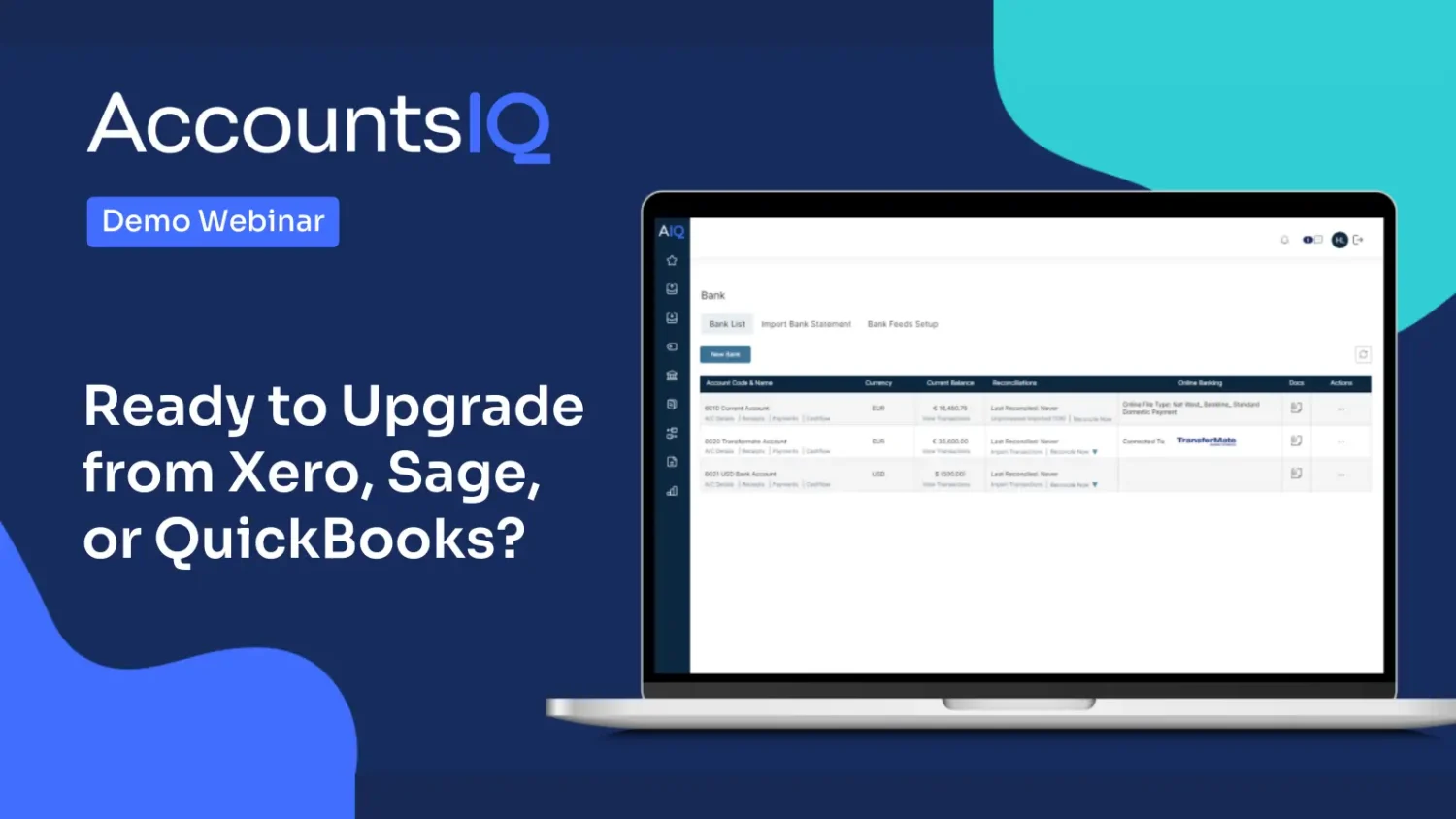In the realm of business, particularly for startups navigating the tumultuous waters of growth and sustainability, understanding unit economics emerges as a beacon of clarity. This concept distills the complexities of a company’s financial health to a granular level, focusing on the profitability and cost-effectiveness of each unit sold, be it a product, service, or customer acquired. At its core, unit economics seeks to answer a pivotal question: Does each sale contribute to the company’s financial well-being or detract from it? This analysis is crucial, especially for SaaS businesses and startups, where the balance between customer acquisition costs and the lifetime value of a customer dictates the trajectory of growth and profitability. By adopting a unit economics perspective, businesses can navigate the intricate dance of scaling operations while maintaining, or ideally enhancing, profitability. This foundational understanding sets the stage for a deeper exploration of why unit economics holds paramount importance in today’s business landscape.
The Importance of Unit Economics in Business
Unit economics is not merely a financial metric; it’s a lens through which the viability and sustainability of a business model can be assessed. For startups, particularly those in the SaaS domain, mastering unit economics is akin to navigating through the fog with a compass. It provides a clear indication of whether the business is on a path to profitability or if adjustments are needed. This is especially critical in the early stages of a business, where resources are limited and the margin for error is slim. A solid grasp of unit economics allows businesses to make informed decisions about pricing, customer acquisition strategies, and product development. It also plays a crucial role in attracting investment, as savvy investors look for evidence that a startup can not only attract customers but do so in a financially sustainable way. Understanding unit economics is, therefore, fundamental for any business aiming for long-term success and growth.
Calculating Unit Economics: Key Metrics
To navigate the intricate landscape of unit economics, businesses must familiarize themselves with two pivotal metrics: Customer Lifetime Value (CLV) and Customer Acquisition Cost (CAC). These metrics serve as the cornerstone for understanding the financial health of a business on a per-unit basis.
CLV: A Glimpse into Future Revenue
CLV predicts the total revenue a business can expect from a single customer throughout their relationship. It encapsulates the essence of unit economics by quantifying the long-term value generated by customers, thereby guiding businesses in strategizing their customer retention efforts and pricing models.
CAC: The Cost of Growth
Conversely, CAC measures the total expense incurred to acquire a new customer. This includes marketing and sales efforts, which are critical for business expansion but must be carefully managed to ensure they do not eclipse the revenue generated from new customers.
Balancing these metrics is crucial. An optimal CLV to CAC ratio indicates a sustainable business model, where the revenue from a customer significantly surpasses the cost of acquisition, laying a solid foundation for profitability and growth.
Optimizing Unit Economics for Business Success
Optimizing unit economics is akin to fine-tuning a high-performance engine; every adjustment can significantly impact the overall efficiency and profitability of a business. For startups, particularly in the SaaS sector, this optimization process is critical for ensuring sustainable growth and attracting potential investors.
Strategies for Optimization
The first step in optimization involves reducing the Customer Acquisition Cost (CAC) without compromising the quality of customer engagement. This can be achieved through targeted marketing strategies and leveraging organic growth channels. Simultaneously, efforts must be directed towards enhancing the Customer Lifetime Value (CLV) by improving product offerings, customer service, and implementing effective pricing strategies.
Data-Driven Decisions
Leveraging data analytics plays a pivotal role in this optimization process. By analyzing customer behavior, purchase patterns, and feedback, businesses can make informed decisions that directly impact CLV and CAC. Furthermore, continuous monitoring and adjustment of these metrics ensure that the business remains agile and responsive to market changes, thereby securing its path to success.
Case Studies: Unit Economics in Action
The on-demand food delivery market offers a compelling case study on the importance of unit economics. Companies like DoorDash and Postmates initially thrived by capitalizing on VC-subsidized meals, attracting customers with low prices funded by investor money. However, the sustainability of this model was questionable, as many startups in this space eventually shut down due to poor unit economics. They failed to achieve profitability even at scale, underscoring the critical lesson that without positive unit economics, scaling only amplifies losses. This scenario highlights the necessity of establishing a solid foundation in unit economics before pursuing aggressive growth strategies.
The Future of Unit Economics
As businesses evolve, the significance of unit economics remains undiminished. It’s the compass guiding startups towards profitability and sustainability. Embracing this analytical framework ensures that growth is not just a pursuit of scale but a balanced approach towards achieving long-term financial health and operational efficiency.
Was this article helpful?
YesNo

